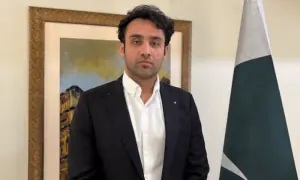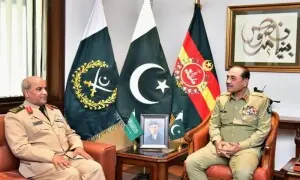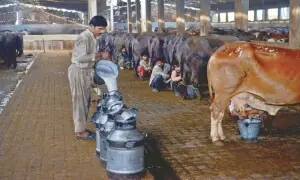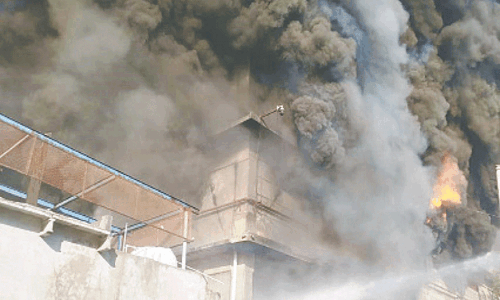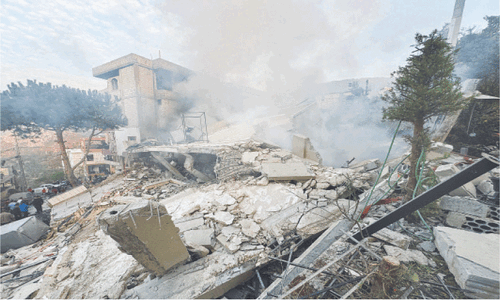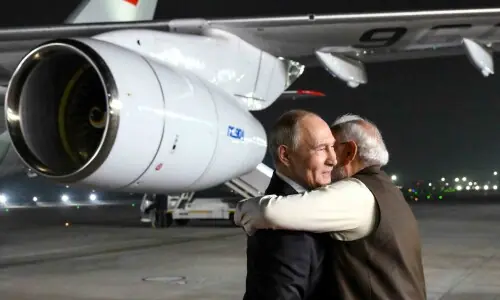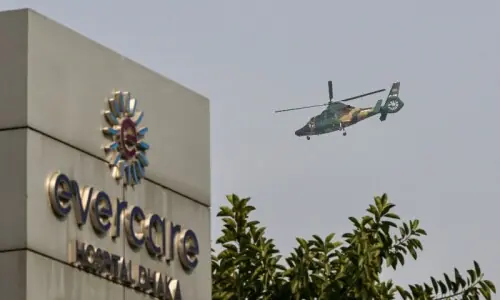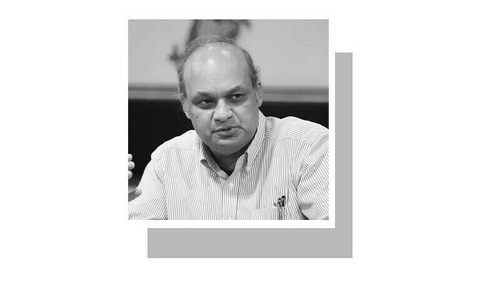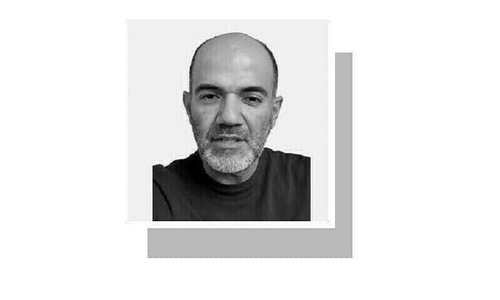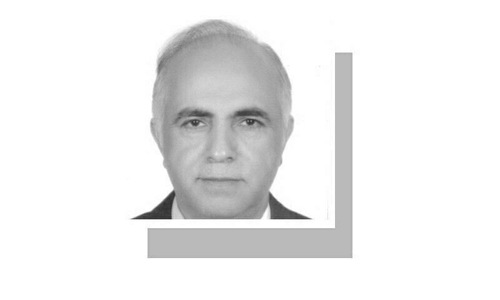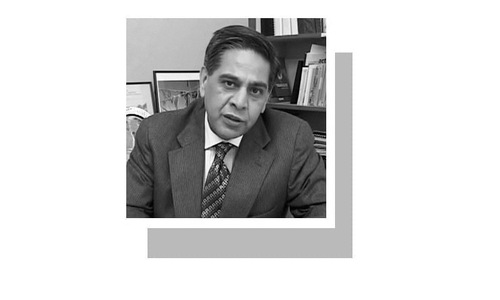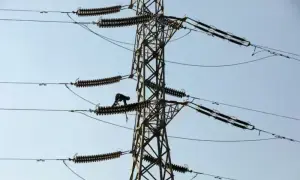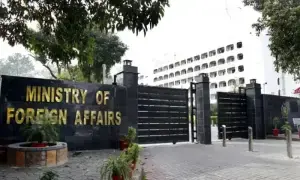Inflation, as measured by the Consumer Price Index (CPI), rose to a nearly two-and-a-half-year-high at 13.76 per cent in May, on the back of increasing transport and food prices, according to data shared by the Pakistan Bureau of Statistics (PBS) on Wednesday.
Inflation accelerated from 13.37pc year-on-year (YoY) in April, marking a 0.44pc month-on-month (MoM) rise in May.
This is the highest CPI inflation since January 2020 when it was 14.6pc.
According to the PBS, inflation increased by 12.36pc in urban areas and 15.88pc in rural areas.
The inflationary trend was led by transport, which saw a 31.77pc rise, followed by food at 17.25pc. Prices of perishable food items increased by 26.37pc and non-perishable items by 15.94pc, according to the PBS data.
Other categories that saw a double-digit increase included furnishing and household equipment maintenance (16.11pc), restaurants and hotels (15.98pc), miscellaneous goods and services (13.32pc), recreation and culture (12.28pc), clothing and footwear (11.29pc), health (10.59pc) and alcoholic beverages and tobacco (10.13pc).
The finance ministry, in a report released last week, had highlighted accelerating inflation, along with other factors such as high external deficits, exchange rate depreciation, declining foreign exchange reserves and mounting uncertainty, among the challenges faced by the country in sustaining growth achieved in the last fiscal year.
The report noted that the primary contributors to increasing inflation were the surge in international commodity prices and a significant exchange rate depreciation. In fact, the depreciation of the rupee, both against the US dollar and on a trade-weighted basis, against the currencies of Pakistan's main trading partners is primarily a reflection of the inflation differential between the country and its partners.
Further, relatively high domestic inflation is compensated by rupee depreciation. However, currency depreciation itself feeds into higher domestic inflation. In this sense, Pakistan is caught in a vicious inflation/currency depreciation spiral.
In the short run, a predicament to stop this cycle is to pursue restrictive fiscal and monetary policies, coupled with policies and announcements that restore market agents' confidence. In the longer run, Pakistan's main problems can be solved by designing a credible sustainable future economic trajectory that inspires consumer and investor confidence.





